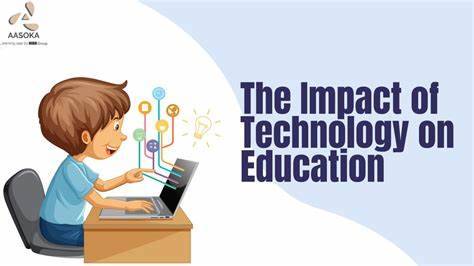The Impact of Technology on Modern Education
Technology has revolutionized education in the past few decades, transforming the way we learn, teach, and access knowledge. From online classes to digital textbooks, the integration of technology in education has opened up new opportunities for students and educators. While these innovations have made learning more accessible, they also present challenges that must be addressed to ensure equitable access to education.
One of the most significant impacts of technology on education is the ability to access information and learning resources from anywhere in the world. With the internet, students can access a wealth of educational materials, such as videos, articles, and interactive platforms, outside of traditional classrooms. Online courses, virtual classrooms, and learning management systems have made education more flexible, allowing students to learn at their own pace and schedule. This has especially benefited students in remote or underserved areas where physical educational resources might be limited.
Technology has also transformed teaching methods, making learning more engaging and interactive. Tools like smartboards, educational apps, and digital simulations allow teachers to present information in creative ways. For example, teachers can use multimedia presentations or conduct virtual experiments, making learning more dynamic. Technology can also accommodate various learning styles, whether visual, auditory, or hands-on, allowing for personalized learning experiences.
However, the widespread use of technology in education presents challenges. A major issue is the digital divide, the gap between students who have access to technology and those who do not. In developed countries, students often have access to laptops, smartphones, and high-speed internet, but this is not the case in many rural or low-income areas. This lack of access can create inequalities in educational opportunities, leaving some students at a disadvantage.
Despite these challenges, the benefits of technology in education are undeniable. It has made learning more accessible, engaging, and flexible, and it continues to shape the future of education. By addressing issues like the digital divide, technology’s potential to enhance education can be fully realized.


